Mastering Translations on the Coordinate Plane: A Step-by-Step
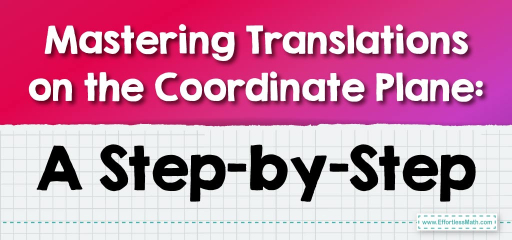
- Identify the Starting Point: If you’re translating a single point, note its coordinates. For a shape, identify all the vertex coordinates.
- Apply the Vector: Add the vector’s x-coordinate to the x-coordinates of your points and the vector’s y-coordinate to the y-coordinates.
- Plot the Translated Point or Shape: Once the new coordinates are found, plot them on the coordinate plane.
Examples
Practice Questions:
- Translate the point \( E(3,4) \) using the vector \( (-2, 1) \). What is the new coordinate?
- Given a rectangle with vertices \( F(1,1), G(4,1), H(4,3), \) and \( I(1,3) \), translate it using vector \( (3, 0) \). What are the new vertex coordinates?
- \( E'(1,5) \)
- \( F'(4,1), G'(7,1), H'(7,3), \) and \( I'(4,3) \).
Original price was: $109.99.$54.99Current price is: $54.99.
Original price was: $109.99.$54.99Current price is: $54.99.
Original price was: $114.99.$54.99Current price is: $54.99.
Related to This Article
More math articles
- How to Identify the Change, Price, or Amount Paid
- How to Graph Inverse Functions
- Top 10 Tips You MUST Know to Retake the TABE Math
- 8th Grade North Carolina End-of-Grade Math Worksheets: FREE & Printable
- Top 10 Tips to Overcome SAT Math Anxiety
- FREE 8th Grade NYSE Math Practice Test
- The Ultimate HSPT Math Formula Cheat Sheet
- Top 10 Free Websites for SAT Math Preparation
- Equation of Each Ellipse and Finding the Foci, Vertices, and Co– Vertices of Ellipses
- 6th Grade MAP Math Practice Test Questions




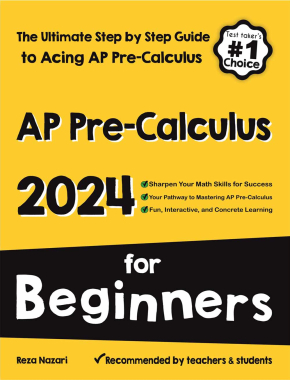
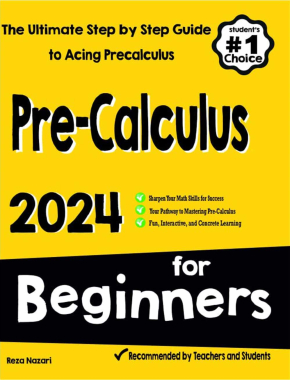






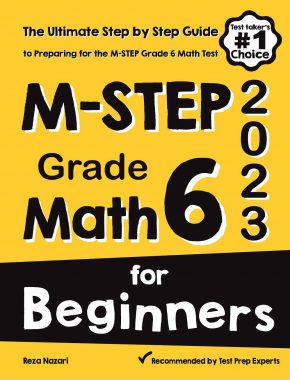

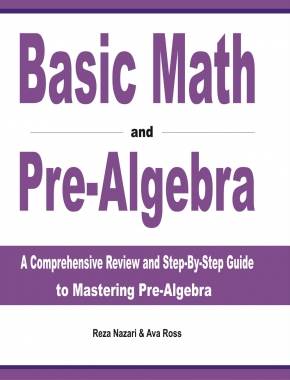







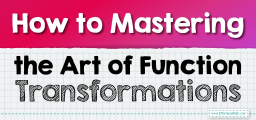

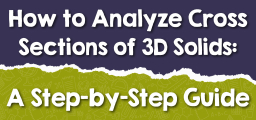
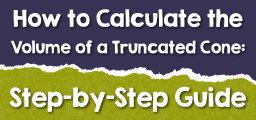

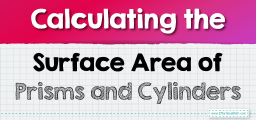
What people say about "Mastering Translations on the Coordinate Plane: A Step-by-Step - Effortless Math: We Help Students Learn to LOVE Mathematics"?
No one replied yet.